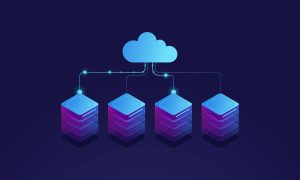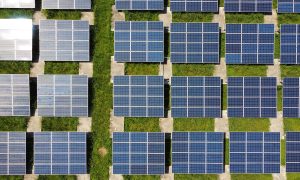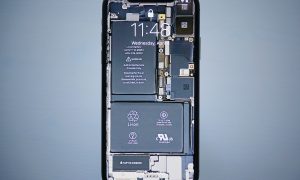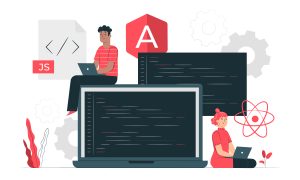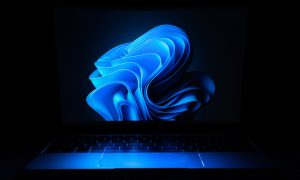Edge computing is a term that you have probably been hearing more and more lately. But what exactly is it? Edge computing describes a new way of dealing with data that is growing in popularity thanks to the Internet of Things (IoT). In this blog post, we will discuss everything you need to know about edge computing: what it is, how it works, and why you should be using it!
What Does Mean By Edge Computing
Edge computing is a term that refers to the process of data processing and storage that takes place at the edge of a network, close to where the data is being generated. Edge computing is often used in conjunction with IoT devices, as these devices generate large amounts of data that need to be processed quickly. Edge computing allows for this data to be processed quickly and efficiently, without having to send it back to a central location.
Benefits of Edge Computing
Reduce Latency
Edge computing has many benefits over traditional methods of data processing. One of the biggest benefits is that it can help reduce latency. Latency is the amount of time it takes for a piece of data to travel from one point to another. By processing data at the edge of the network, we can reduce the amount of time it takes for that data to be processed and make decisions based on it. This is essential for many IoT applications, as real-time decision-making is often required.
Reduce Bandwidth Usages
Edge computing can also help reduce bandwidth usage. Bandwidth is the amount of data that can be transferred between two points in a given period of time. By processing data at the edge of the network, we can reduce the amount of data that needs to be transferred back to a central location, which can help save on bandwidth costs.
Data Security
Edge computing is also more secure than traditional methods of data processing, as the data never has to leave the secure confines of your network. This is important for companies who are dealing with sensitive customer data, as it helps to keep that data safe from hackers.
Improve Data Processing Speed
Edge computing is the future of data processing, and it is already starting to gain traction thanks to the benefits it offers. If you are looking for a way to improve your data processing speed and efficiency, edge computing is definitely something you should consider!
Difference Between Edge Computing and Cloud Computing
So, what’s the difference between edge computing and cloud computing? Edge computing is typically used for real-time data processing, while cloud computing is better suited for batch processing. Edge computing can also improve performance by reducing latency, while cloud computing offers more scalability and flexibility.
Edge computing and cloud computing are two of the most talked-about terms in the technology world today. But what do they mean, and what is the difference between them? In this blog post, we will explore the definition of each term, as well as discuss some of the benefits and drawbacks of each.
Edge Computing
Edge computing is a term used to describe the process of data storage and processing at the edge of a network, or closer to the source of the data. Edge computing is often used in situations where real-time data processing is required, as it can reduce latency and improve performance. One example of edge computing is when your smartphone uses GPS to determine your location. The GPS signal is processed at the edge of the network, near your phone, rather than being sent to a central server for processing.
Cloud Computing
Cloud computing, on the other hand, refers to the use of remote servers (i.e., “the cloud”) to store, manage, and process data. Cloud computing allows for scalability and flexibility, as organizations can easily add or remove resources as needed. Cloud computing is often used for applications that do not require real-time data processing, or when data can be processed in batches.
What do you think about edge computing? Let us know in the comments below! And be sure to check out our other blog posts for more great content! Thanks for reading!












